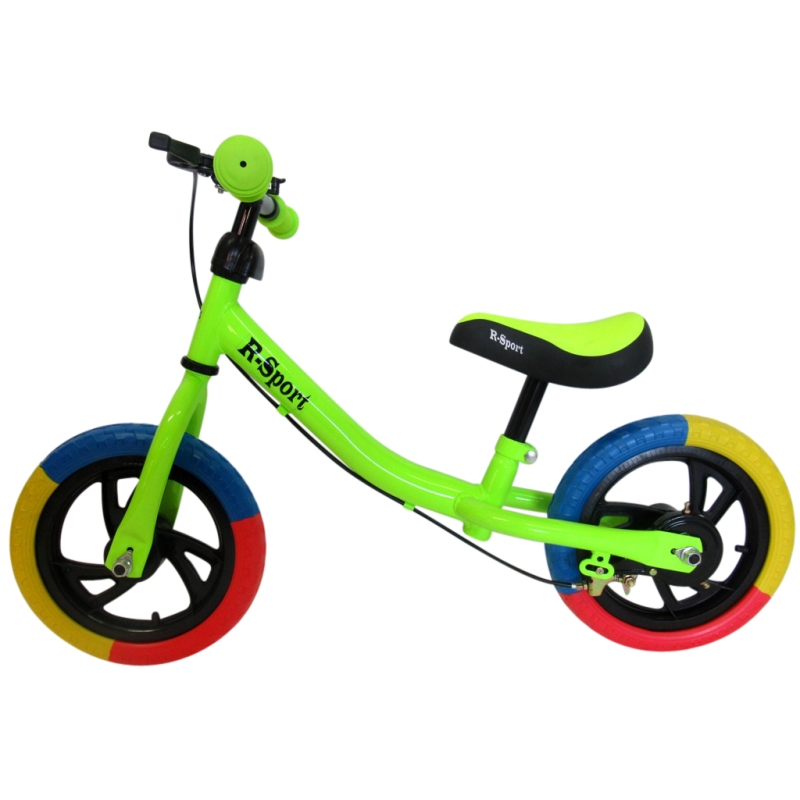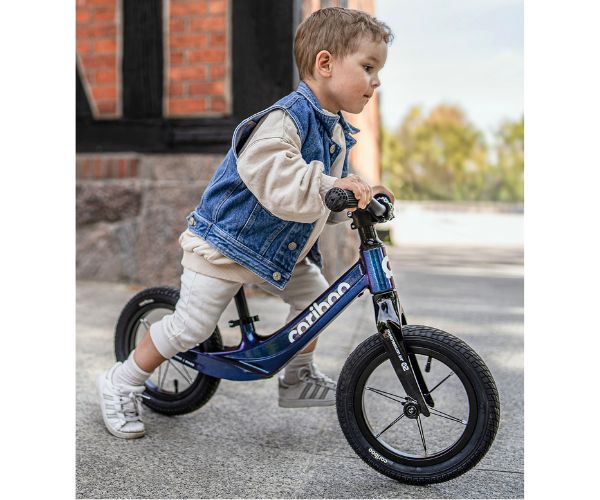
Mastering The Ride: How to Adjust a Balance Bike for the Perfect Fit
Whether your little one is just starting out on their running bike adventures or ready to level up their skills, ensuring the bike fits them perfectly is key to a smooth and enjoyable ride. A properly adjusted balance bike enhances comfort and promotes confidence and safety. Let’s delve into the essential steps to tailor your child’s Jooksuratas for an optimal fit.
Understanding the Importance of Fit
Before diving into the adjustments, it’s crucial to grasp why a well-fitted running bike matters. Unlike traditional bikes with pedals, balance bikes rely solely on a child’s feet to propel and steer. Therefore, having the right fit ensures they can comfortably touch the ground while sitting on the seat, maintain control while coasting, and easily reach the handlebars for steering. A properly adjusted running bike can prevent accidents, promote good posture, and instill a sense of stability in young riders.
Adjusting the Seat Height
The seat height is the most critical adjustment on a running bike. To determine the correct height, have your child sit on the seat with their feet flat. Their legs should slightly bend at the knees, allowing them to push off the ground easily while maintaining balance. Most running bikes feature adjustable seat posts, making it simple to raise or lower the seat to the ideal height.
Setting the Handlebar Height
Next up is adjusting the handlebar height. The handlebars should be positioned at a level that allows the child to comfortably reach them without straining their arms or shoulders. Ideally, the handlebars should be adjusted to the same height as the child’s waist when standing next to the bike. Most balance bikes come with adjustable handlebars, allowing for easy customization to suit your child’s proportions.
Fine-Tuning the Handlebar Angle
In addition to height, the angle of the handlebars can also affect the comfort and control of the rider. The handlebars should be positioned parallel to the ground or angled slightly upward. Experiment with different angles to find the most comfortable position for your child. Ensuring the handlebars are properly aligned will help prevent wrist strain and promote better steering control.
Checking Tire Pressure
Maintaining the correct tire pressure is essential for a smooth and efficient ride. Overinflated tires can make the bike feel rigid and bouncy, while underinflated tires can lead to sluggish handling and increased rolling resistance. Refer to the manufacturer’s guidelines for the recommended tire pressure range and use a pump with a pressure gauge to ensure the tires are inflated to the appropriate level.
Fine-Tuning Other Components
In addition to seat height, handlebar height, handlebar angle, and tire pressure, there may be other components on the running bike that can be adjusted for a better fit. This may include adjusting the brake lever’s reach or the saddle’s angle. Take the time to explore the bike’s features and make any necessary adjustments to optimize comfort and performance.
Conclusion
A well-adjusted running bike is the foundation for a successful riding experience. By taking the time to properly fit the bike to your child’s size and preferences, you can enhance their comfort, confidence, and enjoyment on two wheels. Remember to periodically check and readjust the bike as your child grows to ensure that it continues to provide the perfect fit for their evolving needs.


